The long-tailed shrike Birds, That can mimic the sounds
Have you seen the long-tailed shrike bird? I have seen this bird once or twice before in my life. They are not always seen. Among the thousands of birds that exist in nature, this bird is very few in number. That's why I can say that you might not have seen this bird. No need to worry I will introduce this bird to you in detail. I discovered (find) the bird when I went to the banana garden and it was sitting on a tree. The bird was very beautiful and attracted me. We humans are naturally attracted to beautiful things. There was no option in my case either. I took some pictures of it and it helped me because it didn't run away. The bird seemed much calmer and less fearful. I was watching the bird and he was watching me. Isn't that fun?
The Long-tailed Shrike is a member of the bird family Laniidae, the shrikes that live throughout the continent of Asia. I seem to be able to see this as I live on the Asian continent. There are species across the Asian mainland and eastern islands, mountainous regions, etc. You can see a subspecies of it around the Himalayas called L.S Tricolor or Black-headed Shrike. There are many differences between the subspecies of the Long-tailed Shrike that make it very difficult for you to recognize them. You can identify them by their tails as all their tribes have long tails. Its tails are both long and slender.
You see, the forehead, eyes, head and ears of the birds are black in color. You may think it is a mask. The color of the lower part of its throat or lip is white. Its wings are black and yellow in color. The color of the back and ribs is yellow. Again the tail is narrow and black feathered. If you look at the images you can see that they have long tails which is used to give them their name. It has a long tail which is black and graduated. Long-tailed shrike has brown eyes and gray legs.
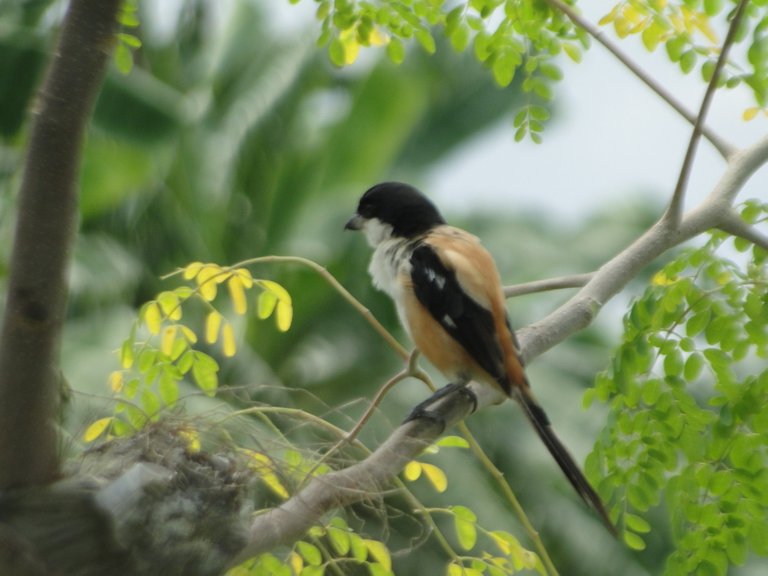

The species of the long-tailed shrike is found throughout Asia which mainly inhabits scrub and open habitats. I also found them in the open. They prefer to live in temperate regions, so when winters get colder in the north, they migrate south. In winter, the long-tailed shrike is found in the dry coastal areas of southern India. . The subspecies tricolor migrates south of India to Bengal and is where I live. And after a few days winter will start here. As the winter is getting colder in the north, they are starting to migrate to this region. However, their number is not much. I have found this bird in grasslands and open fields under cultivation and they prefer these types of places.
The long-tailed shrike is capable of vocal imitation. Their voices have many variations. These birds can imitate the voice of the cuckoo in song. In addition, many species, including puppies and squirrels, mimic vocalizations. So some people keep this bird and enjoy their vocal variety. When a bird imitates the calls of others, it attracts attention and becomes popular because of which people catch the birds and sell them at high prices which are not desirable at all.
The long-tailed bird hunts and eats a variety of creatures. They capture and eat fish from water streams. They feed on small species of snakes or snakes. They also have a sense of food by snatching prey from birds. This trait is also seen in other animals. The flying insects in the air catch the eyeballs and feed on them. They sometimes store the remains in a prickly bush after eating the head or brain of the creature. They are also known to eat neem fruit. I have seen other bird species eating this fruit. The birds teach me that this bitter fruit can be food. Inedible for some may be favorite food for others
The long-tailed shrike lives by making nests. Their nesting materials are thorny twigs, rags and hair. Busses are very deep and cup-like. They build nests in thorn bushes and trees like wild palms. A female shrike lays about 3 to 6 eggs per clutch and is provided by both sexes. It takes about 13 to 16 days for their eggs to hatch. They collect and feed their chicks food which they carry in their beaks.
Swedish naturalist Carl Linnaeus, who formally described the Long-tailed shrike as Lanius Schach in 1758 in the tenth edition of his book "Systema Natura". You can download the book as PDF from this link. However the genus name, Lanius, is derived from the Latin word for "butcher". Some shrike are known to have been nicknamed "butcher birds" because of their eating habits.
Scientific data sources :
https://en.wikipedia.org/wiki/Long-tailed_shrike
https://bloggerkolkata.blogspot.com/2019/06/long-tailed-shrike.html
Thanks for reading
Best regards

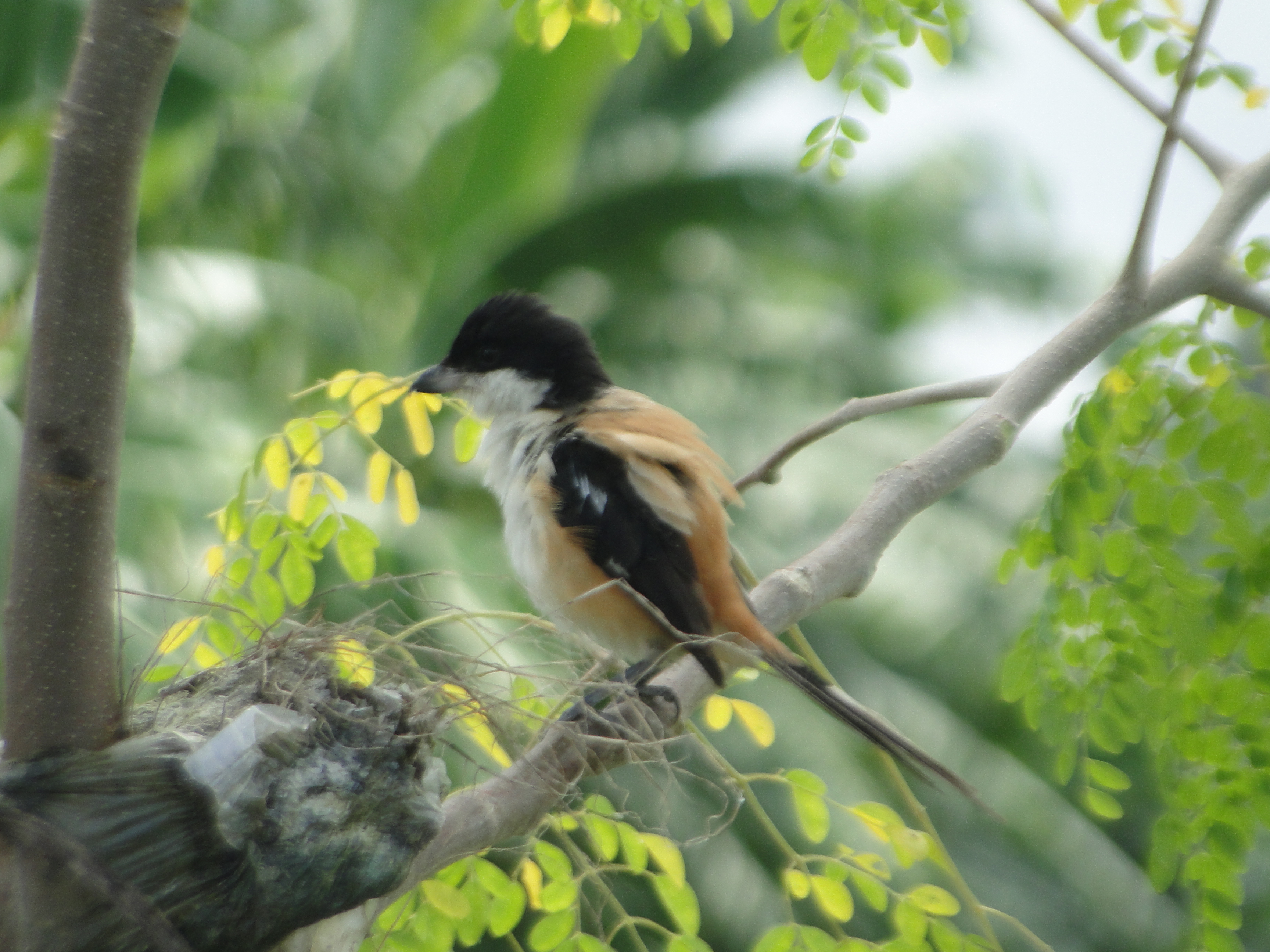
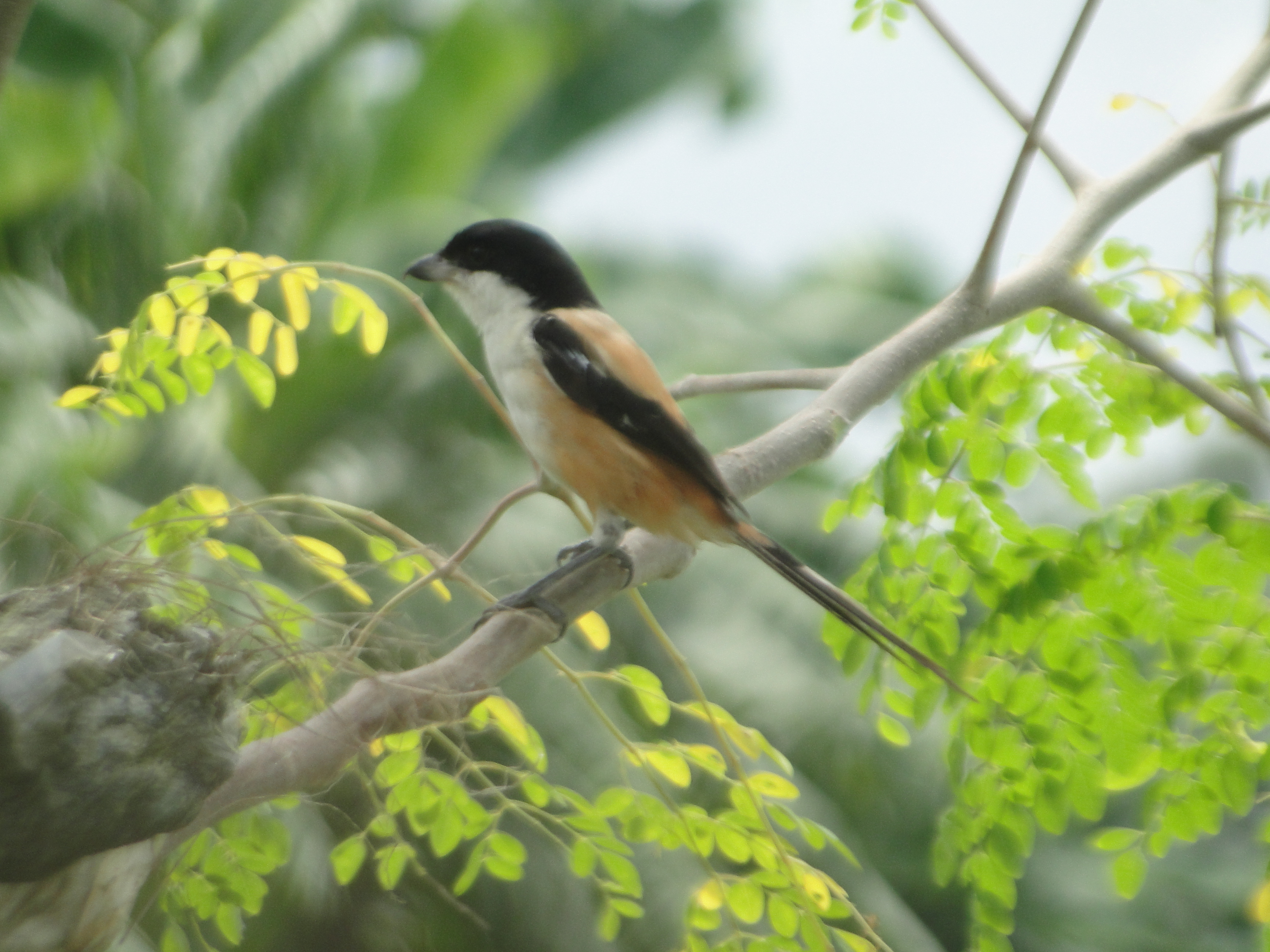
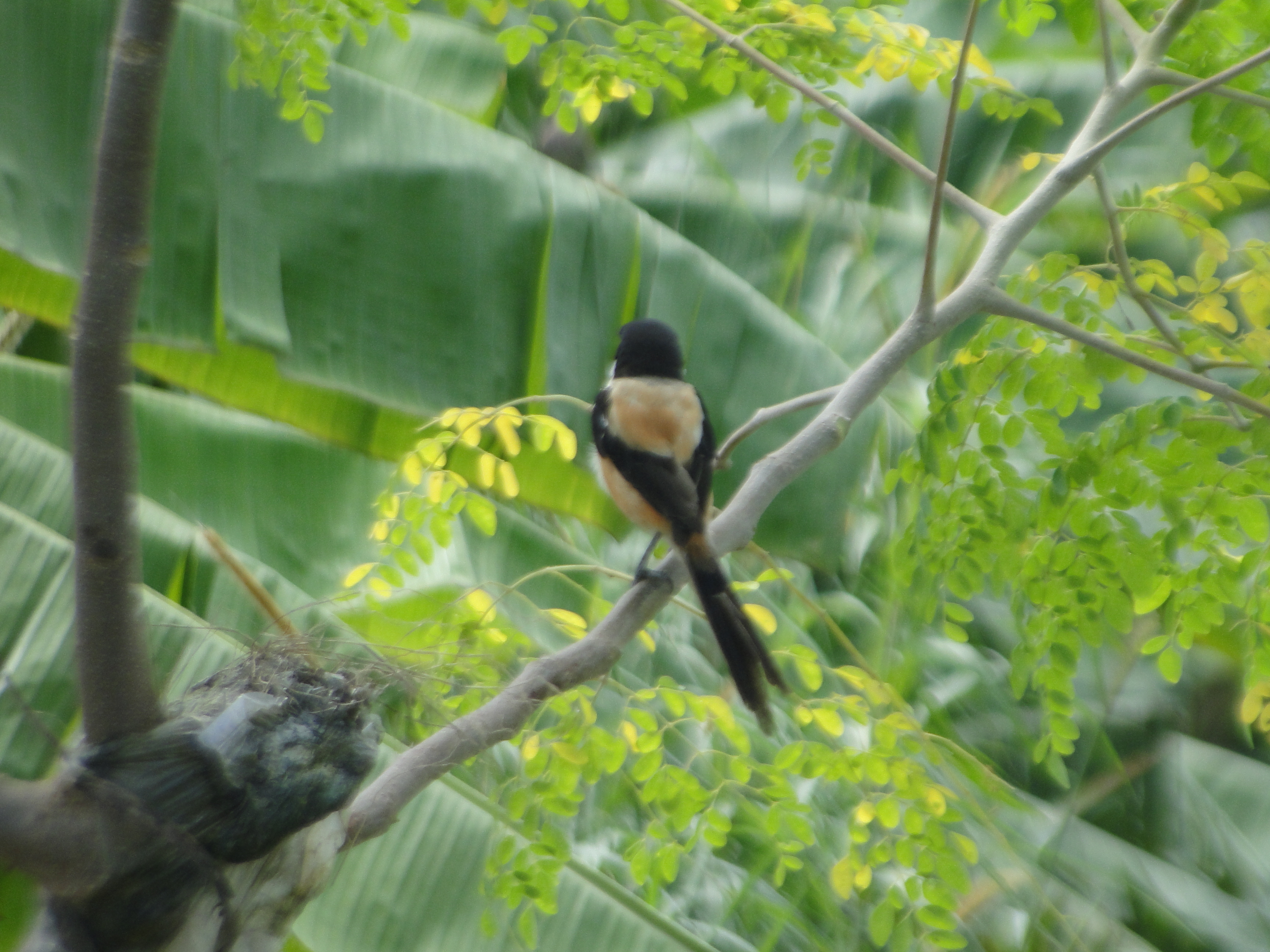
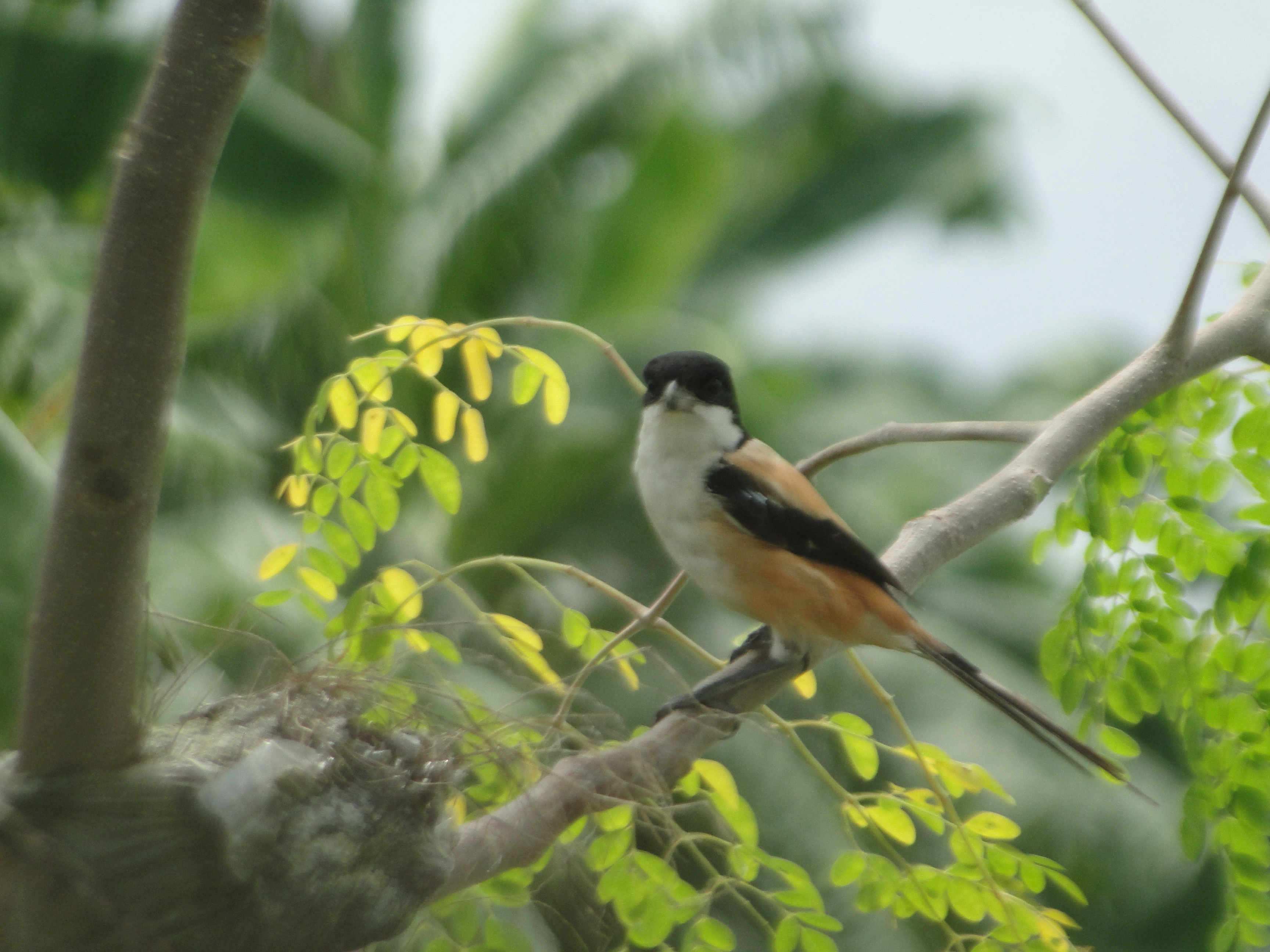
Your content has been voted as a part of Encouragement program. Keep up the good work!
Use Ecency daily to boost your growth on platform!
Support Ecency
Vote for new Proposal
Delegate HP and earn more
Thank you
Thanks for your contribution to the STEMsocial community. Feel free to join us on discord to get to know the rest of us!
Please consider delegating to the @stemsocial account (85% of the curation rewards are returned).
You may also include @stemsocial as a beneficiary of the rewards of this post to get a stronger support.
Congratulations @momins! You have completed the following achievement on the Hive blockchain and have been rewarded with new badge(s):
Your next target is to reach 800 comments.
You can view your badges on your board and compare yourself to others in the Ranking
If you no longer want to receive notifications, reply to this comment with the word
STOPTo support your work, I also upvoted your post!
Support the HiveBuzz project. Vote for our proposal!
So much like a miniature hawk :) ... Such a fascinating little sparrow lookalike 🙌
!PIZZA !ALIVE !LUV
@wrestlingdesires(5/5) gave you LUV. tools | wallet | discord | community | <>< daily
tools | wallet | discord | community | <>< daily
HiveBuzz.me NFT for Peace
@momins! You Are Alive so I just staked 0.1 $ALIVE to your account on behalf of @wrestlingdesires. (5/10)
The tip has been paid for by the We Are Alive Tribe through the earnings on @alive.chat, feel free to swing by our daily chat any time you want.

Yes, there may be some morphological similarities. Thank you for commenting on my blog
I thank you for sharing your post 🙌
!PIZZA !ALIVE !LOL
@momins! You Are Alive so I just staked 0.1 $ALIVE to your account on behalf of @wrestlingdesires. (4/10)
The tip has been paid for by the We Are Alive Tribe through the earnings on @alive.chat, feel free to swing by our daily chat any time you want.

lolztoken.com
“Odor in the court!”
Credit: reddit
@momins, I sent you an $LOLZ on behalf of @wrestlingdesires
Are You Ready for some $FUN? Learn about LOLZ's new FUN tribe!
(3/6)
PIZZA Holders sent $PIZZA tips in this post's comments:
@wrestlingdesires(4/15) tipped @momins (x2)
Please vote for pizza.witness!